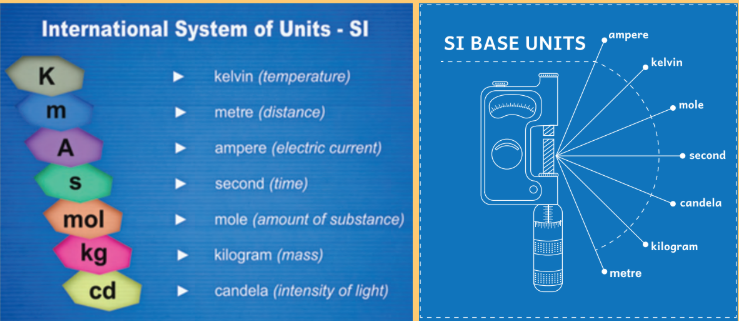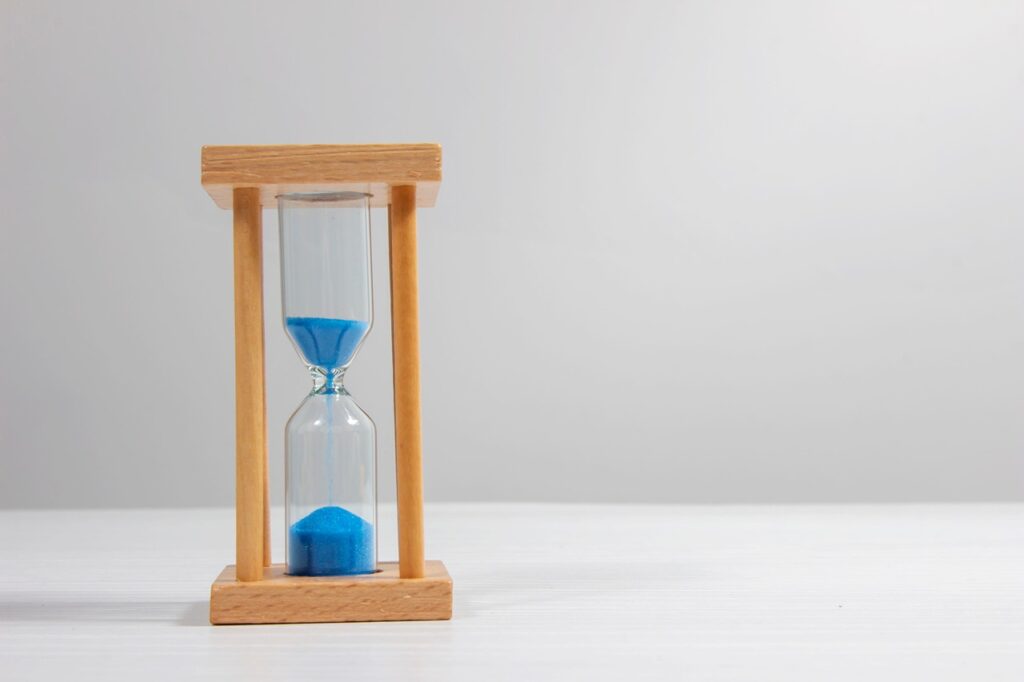Subject: Science
Class: 6
Lesson Title: Measurements
Lesson Type: Standalone Lesson
Teaching Method: Group Learning
Learning Outcomes:
- Understand the importance of measurements in daily life.
- Learn the basic units such as length, weight, mass, and time.
- Evaluate measurements using standard units and subunits provided by measuring instruments.
- Identify parallax error and zero error.
- Determine the mass of solids and liquids.
- Create models of commonly used measuring instruments in daily life.
Introduction:
Preparation: Show measurement instruments available in the lab.
Ask questions to stimulate curiosity:
- How much time does it take for you to come from your home to school?
- How does the kerosene vendor measure and sell the fuel?
These questions are used to spark interest in the topic.
Reading:
“Measuring devices of SI units”
Form student groups to learn about international units (SI units), basic measurements, precision in weight and mass, and introduce new vocabulary.
Mind Map:
- SI Unit

Compilation and Delivery:
- Have students compile and present the information in the mind map.
- Create a table showing multiples and submultiples of SI units.
- Differentiate between mass and weight.
- Perform the activity on page 6 related to learning outcomes.
- Measure friends’ height using hands or spans and identify variations.
- Measure the curved length using a thread.
- Conduct a running race and calculate the time taken to cover the distance.
Assessment:
Low-Order Thinking Question:
- The method used to measure a quantity is called ______.
Middle-Order Thinking Question:
- Milk: Volume; Vegetables: ______
High-Order Thinking Question:
- Arrange in ascending order: meter, 1 centimeter, 1 kilometer, and 1 millimeter.
Remedial Teaching:
Identify slow learners and provide them with special practice materials. Re-explain the lesson using simplified teaching aids.
Writing:
Have students find and write answers to the questions in the lesson and some additional questions.
Follow-Up Activity:
- Use a plastic bottle to create a sand clock and bring it to class.

